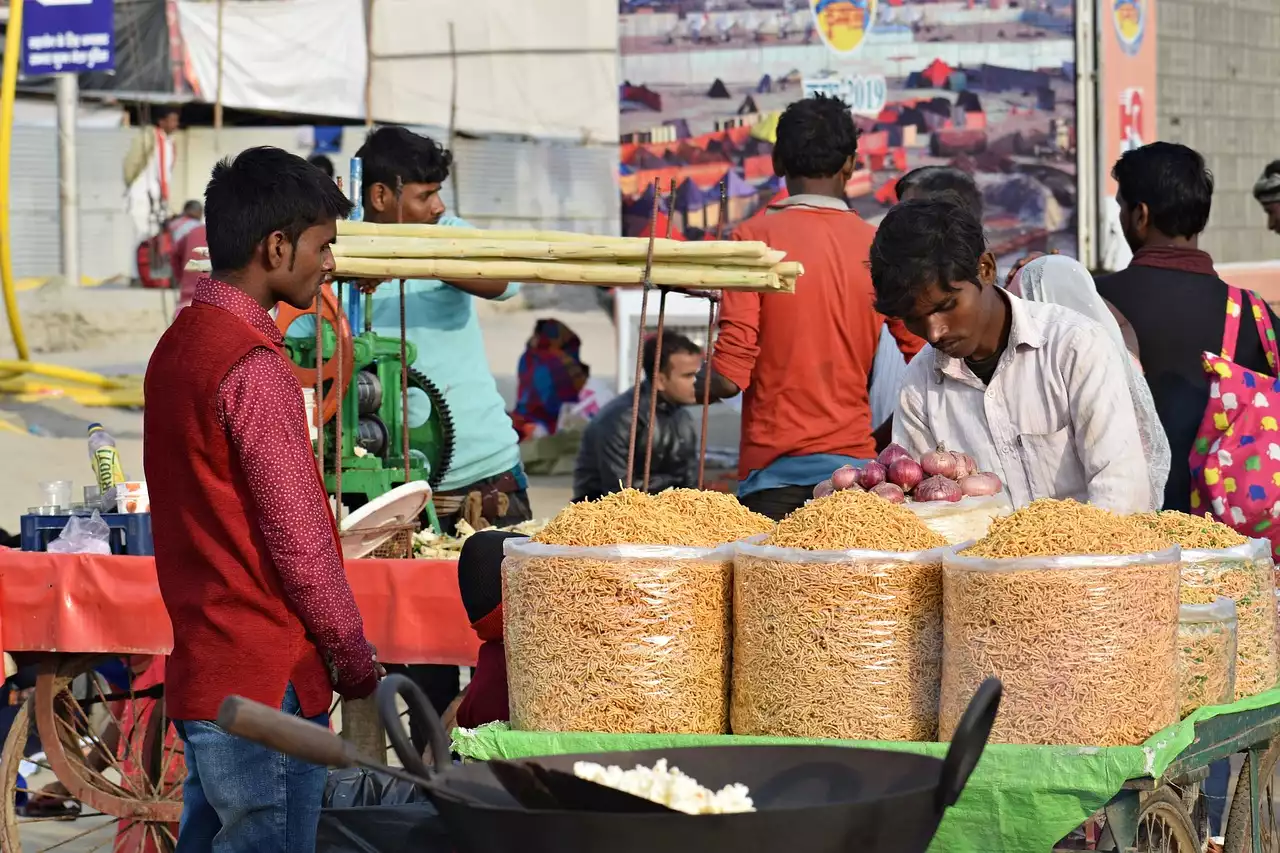For centuries, the Spice Route was a crucial trade network that connected Asia, Europe, and Africa, and played a significant role in shaping the world as we know it. At the heart of this network were the precious spices that were traded, and Indian cuisine is one of the most fascinating examples of the ways in which these spices were used. In this article, we'll explore the history of the Spice Route and the cultural significance of the spices that make Indian cuisine so unique.
The Spice Route: A Brief History
The Spice Route was a complex web of trade routes that stretched across Asia, Europe, and Africa, and was one of the most important trade networks in the world for centuries. The network allowed merchants and traders to transport precious commodities, including spices, from one end of the world to the other. The Spice Route was primarily used for the trade of spices such as cinnamon, black pepper, cloves, and cardamom, which were highly valued for their medicinal and culinary uses.
Indian Spices and Their Significance
Indian cuisine is famous for its use of spices, and these spices have a rich history that goes back thousands of years. Some of the most important spices in Indian cuisine include turmeric, cardamom, cumin, and coriander, all of which have their own unique cultural significance. For example, turmeric has long been used in traditional Indian medicine to treat a variety of ailments, while cardamom is often used in religious ceremonies and is believed to have aphrodisiac properties.
Indian Food: A Fusion of Cultures
Indian cuisine is a fascinating fusion of different cultures, and the Spice Route played a significant role in the development of this cuisine. The Portuguese, for example, introduced chili peppers to India, which are now a staple in many Indian dishes. The British, on the other hand, were responsible for the introduction of tea to India, which is now a hugely popular drink in the country. These cultural influences have helped to shape the unique character of Indian cuisine, and have made it one of the most diverse and exciting cuisines in the world.
Famous Dishes of Indian Cuisine
Indian cuisine is home to a wide variety of delicious dishes, and many of these dishes have become famous around the world. Biryani, for example, is a popular rice dish that is often made with meat or vegetables and a variety of spices. Tikka masala is another popular dish, which features marinated chicken in a rich tomato-based sauce. Chana masala, a spicy chickpea dish, is another classic Indian dish that is enjoyed by people all over the world.
Regional Variations in Indian Food
One of the most fascinating aspects of Indian cuisine is the regional variations that exist within the country. Different regions of India have their own unique culinary traditions, and this has led to the development of a wide variety of regional dishes. For example, in the north of India, tandoori chicken is a popular dish, while in the south, dosas and idlis are more commonly eaten. The diversity of Indian cuisine is a reflection of the country's rich history and cultural heritage.
The Future of Indian Food
Indian cuisine is evolving to meet the need of modern diners. While traditional dishes will always have a special place in the hearts of Indians, there is a growing demand for healthier and more sustainable options. As a result, many restaurants are now focusing on using locally sourced, organic ingredients in their dishes. In addition, there is a growing trend towards plant-based options, with many Indian restaurants now offering a range of vegetarian and vegan dishes.
Another trend that is shaping the future of Indian food is the fusion of different cuisines. With the rise of global travel and the internet, diners are increasingly exposed to different culinary traditions, and this has led to a growing interest in fusion cuisine. Chefs are now experimenting with combining Indian flavors with other cuisines, such as Italian, Mexican, and Chinese, to create new and exciting dishes.
In conclusion, the Spice Route played a significant role in the development of Indian cuisine, and the cultural significance of the spices that make Indian food so unique is undeniable. From the medicinal properties of turmeric to the aphrodisiac properties of cardamom, Indian spices have a rich history and cultural significance that goes beyond their culinary uses. As Indian cuisine continues to evolve, we can expect to see a growing focus on sustainability and health, as well as an increasing interest in fusion cuisine.





